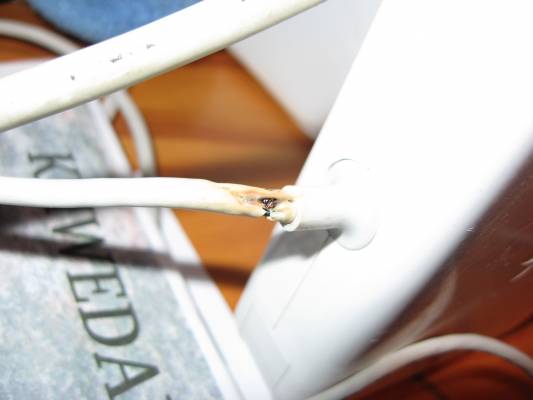Defective Product Liability Claims

Defective product liability claims fall into three categories:
- Defective Manufacturing
- Defective Design
- Failure to Warn.
Understanding these categories and which one you’re dealing with can help you get the best help possible from your personal injury lawyer. With any product liability case, though, you must be able to prove that the product was defective and that the defect caused your injury.
DEFECTIVE MANUFACTURE
You have a defective manufacture case on your hand when your injury has been caused by an error during the manufacturing of the product. The product line as a whole may have been well-designed, but the individual item you bought was made incorrectly in some way. Phrased another way in the Third Restatement of Torts, a manufacturing defect exists when “the product departs from its intended design even though all possible care was exercised in the preparation and marketing of the product.”
Some examples:
- missing brake controls on a vehicle
- accidental contamination of food or medicine in the factory where the product was made
- improperly installed equipment
MCDONALD’S LAWSUIT
Back in 1994, an elderly woman named Stella Lienback accidentally spilled a cup of McDonald’s coffee on herself, causing intense third degree burn damage. Her claim of defective manufacturing was viable because a cup of coffee heated to a normal heat would not have done the same excessive level of damage, therefore there was a significant flaw in the product’s creation.
DEFECTIVELY DESIGNED PRODUCTS
Unlike defective manufacturing, defective design pertains to an entire line of products that is defective. In this case, the product design is inherently dangerous, regardless of being perfectly made according to the manufacturer’s specifications.
Some Examples:
- a drug with significantly harmful side effects
- a batch of cosmetics contaminated with bacteria
FORD PINTO LAWSUIT
In the 1970s the Ford Pinto car model was the cause of many liability cases due to the car’s faulty design. The defective fuel line that would explode when rear-ended was just one of many problems. Ford had access to a new design, but still waited a year before recalling the vehicles.
FAILURE TO WARN
Failure to warn cases deal with products that do not provide adequate safety information and consequently lead to injury. This generally applies to products that are dangerous in a way that is not made readily apparent to the consumer. The product requires special precautionary measures or careful handling that is not explicitly made known.
Some Examples:
- a drug that does not contain a warning against consuming with certain foods
- a corrosive substance that does not come with instructions on how to safely use it
RIDDELL HELMETS LAWSUIT
Helmet manufacturing company Riddell made false claims about the protective powers of their product, saying that they reduced the risk of concussion injury by 31%. This flew in the face of information that was specifically given to Riddell by a biomechanics company in 2000: specifically, that football helmets can protect against skull fractures but cannot protect against concussions. In a 2013 case against Riddell, a Colorado jury decided in favor of a high school football player who sustained serious brain injuries and semi-paralysis while using a Riddell helmet. The jury determined that the helmets were not defective in any way, but that Riddell was at fault for not warning of the dangers of concussions.
No matter what type of liability case you’re dealing with, having a lawyer in your corner who specializes in issues of personal injury and accident can be a tremendous help in navigating the legal system. Get a free product liability consultation with one of our highly qualified product liability lawyers in Salt Lake City today.
